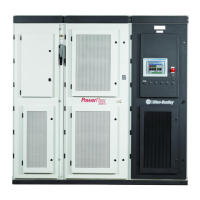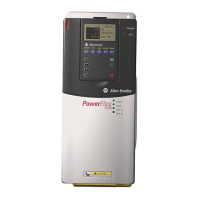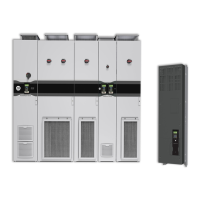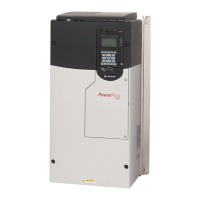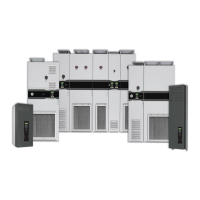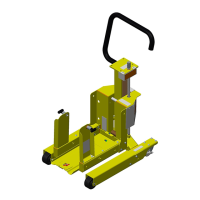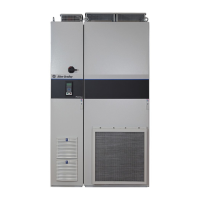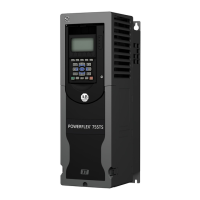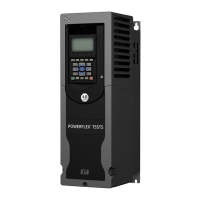Rockwell Automation Publication 7000-UM202H-EN-P - November 2023 57
Chapter 2 Power Component Definition and Maintenance
Resistance Checks Prior to applying control power to the drive, power semiconductor and
snubber circuit resistance measurements must be taken. Doing so will ensure
that no damage has occurred to the converter section during shipment. The
instructions provided below detail how to test the following components:
• Inverter or AFE rectifier bridge
- Anode-to-cathode resistance test (sharing resistor and SGCT)
- Snubber resistance test (snubber resistor)
- Snubber capacitance test (snubber capacitor)
• SCR rectifier bridge
- Anode-to-cathode resistance test (sharing resistor and SCR)
- Gate-to-Cathode resistance test (SCR)
- Snubber resistance test (snubber resistor)
- Snubber capacitance rest (snubber capacitor)
Snubber Resistors
Snubber resistors connect in series with the snubber capacitors. Together they
form a simple RC snubber that connects across each thyristor (SCR or SGCT).
The snubber circuit reduces the dv/dt stress on the thyristors and reduces the
switching losses. The snubber resistors connect as sets of various wire-wound
resistors connected in parallel. The number of resistors in parallel depends on
the type of the thyristor and the configuration and frame size of the drive.
Snubber Capacitors
Snubber capacitors are connected in series with the snubber resistors.
Together they form a simple RC snubber that is connected across each
thyristor (SGCT). The purpose of the snubber circuit is to reduce the voltage
stress (dv/dt and peak) of the thyristor and to reduce the switching loss.
Sharing Resistors
Sharing resistors provides equal voltage sharing when using matched devices
in series. SGCT PowerCage modules for 2400V systems do not need matched
devices and have no sharing resistor.
SCR PowerCage modules always have sharing resistors even if matched
devices are not necessary. Sharing resistors in SCR PowerCage modules
provide a diagnostic function.
ATTENTION: Before attempting any work, verify that the system has been
locked out and tested to have no potential.
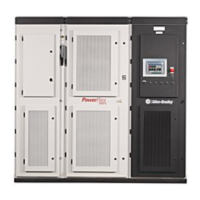
